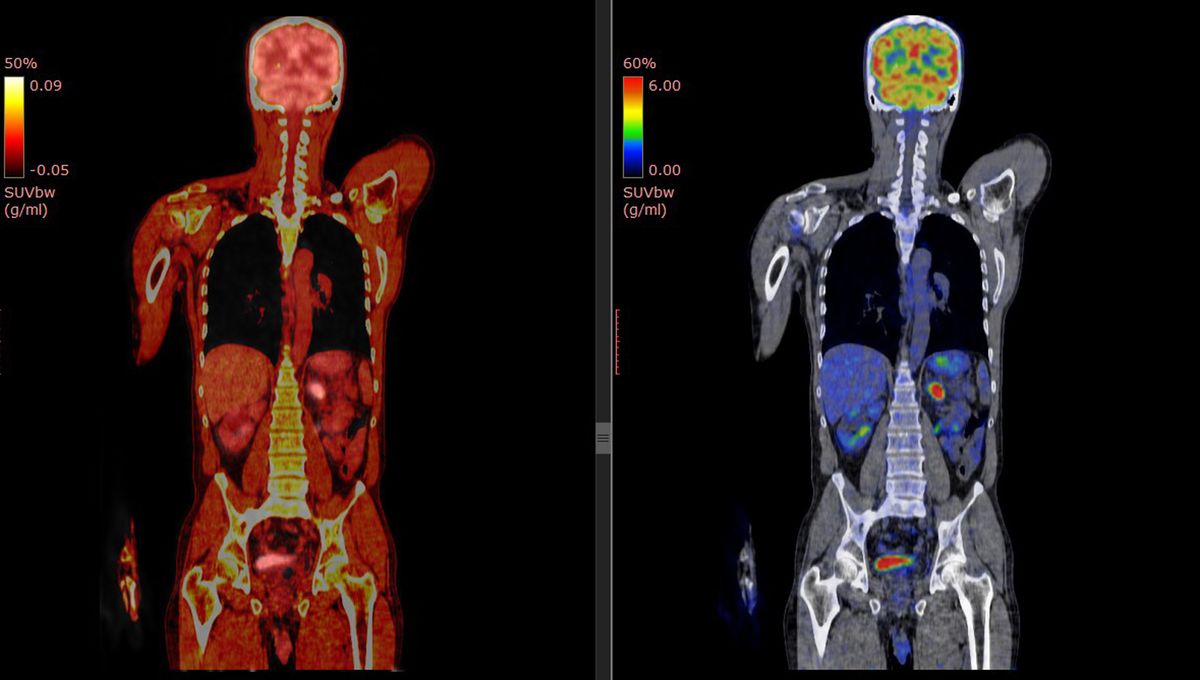
Once upon a time, COVID-19 was two weeks of coughing and an inability to smell your new candle. Then we discovered the existence of Long COVID – a vague conglomeration of more than 200 symptoms that can be debilitating months or even years after the original disease seems to have cleared up.
Now, four years into the pandemic, we’re still not totally sure what’s behind the extended condition – but a new study that followed 24 Covid patients over a period of up to 900 days has revealed a potential factor that has previously gone unnoticed: your T cells.
It’s not the first study to link COVID-19 with these particular immune cells – only last month, a study from Imperial College London hinted at the potential for targeted T cell therapies to fight the condition. But it is one of the longest-running: it was set up in 2020, long before the idea that COVID-19 might hang around in the body was widely accepted.
That’s not all that sets it apart, however. The team behind the study was inspired by their experience researching HIV – a disease practically defined by its ability to kill T cells. Unable to monitor antibodies so early into the pandemic, they instead used PET scans to study the behavior of T cells inside the body after infection.
“[It] is a novel approach […] that allows them to map activated T cells in the body,” explained Danny Altmann, Professor of Immunology at Imperial College London, co-author of the Penguin Handbook of Long Covid and lead investigator of the NIHR WILCO LONG COVID Study, who was not involved in the study.
“They find patterns of long-term T cell activation that may help to explain patterns of Long Covid symptoms,” he said. “For example, people with respiratory symptoms showed long-term homing of activated T cells to the lung.”
Other scans showed activated T cells swarming to the gut wall, prompting the team to analyze gut biopsies. Again, they found the presence of COVID-19 RNA – a “long-term virus reservoir,” Altmann explained.
The finding was even more stark when compared to six control samples – scans from before the pandemic, “before anybody on the planet could’ve possibly had this virus,” Michael Peluso, assistant professor of medicine at the University of California, San Francisco, and lead author of the paper, told Stat. While T cells were activated in these scans, they were concentrated where you’d expect – the liver, kidneys, and other places known to help clear inflammation. In the Long Covid patients, they were everywhere.
“It’s really striking,” Peluso said. “‘Oh, my goodness, this is happening in someone’s spinal cord, or their GI tract, or their heart wall, or their lungs.’”
While the study isn’t a slam-dunk – it’s not actually certain what the T cells are reacting to, and the researchers aren’t sure whether the scans are showing remnants of old infections, or active virus particles – it’s nevertheless alluring. “There has been a large amount of inferential data supporting a view that a key factor underpinning Long Covid may be that some people do not properly clear the virus and harbor reservoirs of SARS-CoV-2 in their tissues,” Altmann noted – but “it’s been hard to prove.”
In that respect, this study “should be seen as a significant step in advancing our understanding of this disease process,” he said, “and thus shifting nearer to treatments that could offer hope to the tens of millions of patients.”
“At a time when there’s desperate need for new clinical trials, studies like this help to point the way.”
The study is published in the journal Science Translational Medicine.
Source Link: Signs Of COVID Virus In The Body Years After Original Infection